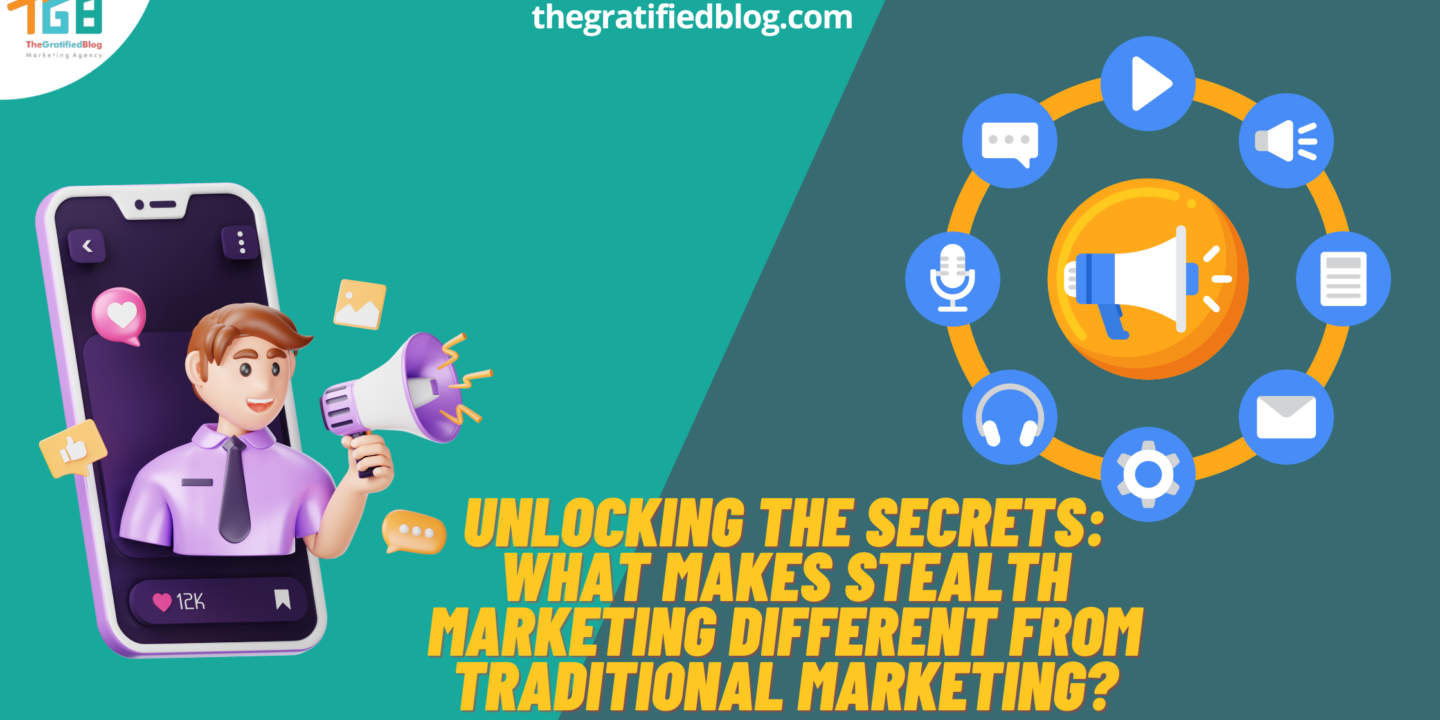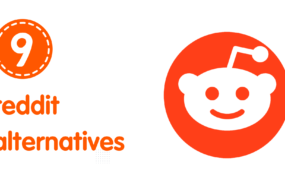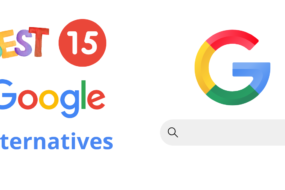
In the ever-evolving marketing landscape, strategies constantly shift and adapt to the dynamic nature of consumer behavior. One such strategy that has gained prominence in recent years is stealth marketing. What makes stealth marketing different from traditional marketing?
This intriguing approach distinguishes itself from traditional marketing methods through its subtle and covert techniques, aiming to engage consumers more indirectly.
In this article, we’ll delve into the nuances of stealth marketing, exploring its key characteristics, advantages, and how it differs from the more conventional approaches.
The Foundations Of Traditional Marketing
Traditional marketing has been the bedrock of promotional efforts for decades. It encompasses a wide array of channels, including television, radio, print media, and direct mail, to name a few.
The core principle behind traditional marketing is direct and explicit promotion. Advertisements are crafted to catch the consumer’s attention, delivering a clear message about a product or service. This approach relies on visibility and repetition to embed the brand in the consumer’s mind.
One of the fundamental characteristics of traditional marketing is its overt nature. It seeks to communicate with the audience straightforwardly, often utilizing bold visuals, catchy slogans, and celebrity endorsements.
The aim is to create a memorable and easily recognizable brand image that resonates with the target demographic.
Understanding Stealth Marketing
Stealth marketing is a subtle promotional strategy designed to engage consumers without overtly appearing as advertising.
It involves seamlessly integrating marketing messages into everyday content, such as social media posts, online forums, or entertainment, to create a more authentic connection with the audience.
This approach aims to bypass traditional advertising resistance by fostering a sense of discovery rather than a blatant sales pitch.
Utilize influencers, viral content, and native advertising, and stealth marketing capitalizes on the idea of consumers willingly sharing and participating in the promotion, making it feel less intrusive.
While effective in building brand awareness, critics argue it can blur ethical boundaries by disguising promotional content as genuine, risking transparency issues.
Success in stealth marketing often hinges on striking the right balance between intrigue and transparency, respecting the audience’s intelligence while promoting the brand message.
What Are Different Types Of Stealth Marketing?
Stealth marketing, also known as undercover or buzz Promotion, entails endorsing a product or service without the audience being fully aware of the marketing effort. Here are a few types:
Product Placement
In the world of marketing, subtlety is a potent weapon. Product placement is a crafty form of stealth marketing, seamlessly Incorporating a product or brand into the storyline of movies, TV shows, or other media.
This unobtrusive exposure allows the audience to absorb the brand message without feeling bombarded by traditional advertisements, creating a more natural and memorable connection between the product and the consumer.
Infiltration Marketing
In the vast landscape of the internet, infiltration marketing stands out as a subtle player. This strategy involves sending representatives incognito into online forums, social media groups, or communities.
These representatives subtly promote a product without overtly revealing their affiliation, blending seamlessly into the digital conversations.
The essential lies in building authentic relationships and trust, making the marketing message feel authentic, and crafting a recommendation that feels authentic rather than resembling a traditional sales pitch to fellow community members.
Viral Marketing
In the age of social media, the contagion of ideas has become a marketing strategy. Viral marketing focuses on creating content with the potential to spread rapidly among users.
This content, often humorous, heartwarming, or thought-provoking, generates buzz without explicitly appearing as an advertisement.
By tapping into the innate desire to share compelling content, brands can organically reach a vast audience and cultivate a community around their products or services.
Ambient Advertising
Sometimes, marketing is about catching consumers off guard in unexpected places. Ambient advertising achieves this by placing ads in unconventional locations on sidewalks, public transportation, or even bathroom stalls.
By surprising consumers in these unexpected settings, brands Can stand out amidst the clutter and create a lasting impression, creating a unique connection between the product and the consumer.
Guerrilla Marketing
For those who thrive on the element of surprise, guerrilla marketing is the ideal strategy. This unconventional approach involves executing unexpected and memorable tactics, often in public spaces.
From flash mobs to street art, guerrilla marketing aims to grab attention and create a buzz around a product or brand. Deviating from traditional marketing norms challenges consumers to think outside the box and fosters a deeper engagement with the brand.
Influencer Marketing
In the era of digital personalities, influencer marketing takes center stage. They are partnering with influencers who have built credibility and trust. Connections with their followers, brands can subtly promote products within the influencer’s content.
This strategic partnership feels less like a traditional advertisement and more like a genuine recommendation from a trusted source.
The influencer’s authentic endorsement bridges the brand and target audience, leveraging the established rapport for effective and stealthy promotion.
Remember, the key to successful stealth marketing is to be subtle and not overtly pushy, creating a more organic connection with the audience.
What Makes Stealth Marketing Different From Traditional Marketing?
Invasiveness vs. Subtlety:
The most apparent difference between stealth and traditional marketing lies in their level of invasiveness.
Traditional marketing methods often interrupt the consumer experience with overt advertisements, pop-ups, and commercials. In contrast, stealth marketing subtly integrates promotional messages into the consumer’s environment without causing disruption.
Direct vs. Indirect Approach:
Traditional marketing embraces a direct approach, explicitly promoting products or services through various channels.
On the other hand, stealth marketing employs an indirect approach, relying on the subtlety of its message to create a more organic and less forced interaction between the brand and the consumer.
Measurability And Metrics:
Traditional marketing often relies on easily measurable metrics such as click-through rates, impressions, and conversion rates. In stealth marketing, measuring success can be more nuanced.
Brands may look at social media engagement, content virality, or brand mentions growth as effectiveness indicators.
Immediate Impact vs. Long-Term Engagement:
Traditional marketing campaigns often seek immediate impact and measurable results. In contrast, stealth marketing focuses on long-term engagement and building lasting consumer relationships.
The subtle nature of this strategy aims to foster ongoing connections rather than achieving instant conversions.
Advantages Of Stealth Marketing
Authenticity And Trust:
One of the critical advantages of stealth marketing is its ability to build authenticity and trust. By aligning with influencers or integrating products into relatable content, brands can create a genuine connection with consumers.
This authenticity is often more effective in establishing trust than traditional marketing, where consumers may be skeptical of overt promotional messages.
Targeted Engagement:
Stealth marketing enables brands to target specific demographics more precisely. By collaborating with influencers whose followers match the desired consumer profile or creating content tailored to a particular audience’s interests, brands can ensure they Develop a message that strikes a chord with the target audience most likely to become conversion customers.
Reduced Ad Fatigue:
In an era where consumers are bombarded with advertisements on various platforms, ad fatigue is a genuine concern.
Stealth marketing provides a refreshing alternative by avoiding the traditional interruptive approach. That can result in increased receptivity from consumers who may be more willing to engage with marketing content that feels less intrusive.
Enhanced Creativity:
Stealth marketing encourages creativity in marketing campaigns. The need to embed promotional messages within existing content or experiences challenges marketers to think outside the box.
That can lead to innovative and memorable campaigns that capture the audience’s attention in unique ways.
Disadvantages Of Stealth Marketing
Lack Of Transparency:
One significant criticism of stealth marketing is its potential lack of transparency. Ethical concerns may arise when consumers are unaware they are being exposed to marketing messages.
Critics argue that this approach can be manipulative, leading to a breach of trust if consumers feel deceived.
Risk Of Backlash:
Because stealth marketing operates more covertly, there is a risk of backlash if consumers perceive the marketing tactics as deceitful.
If the subtlety is misunderstood or the integration feels forced, it can result in negative sentiment and damage the brand’s reputation.
Limited Control Over Message Delivery:
Unlike traditional marketing, where brands have more control over the placement and delivery of their messages, stealth marketing relies on external factors such as influencer behavior or content virality.
This lack of control can be a disadvantage, mainly if the brand’s message needs to be conveyed as intended.
Challenges In Measurement:
Measuring the success of stealth marketing campaigns can be challenging.
Unlike traditional marketing, where metrics are often straightforward, the effectiveness of stealth marketing is often assessed through less tangible indicators like brand sentiment and social media buzz. That can make it difficult for marketers to demonstrate a clear return on investment.
Final Thoughts
In the dynamic marketing landscape, the choice between stealth and traditional marketing depends on various factors that play a role, such as the target audience, the nature of the product or service, and the overall marketing objectives.
While stealth marketing offers unique advantages regarding authenticity, targeted engagement, and reduced ad fatigue, it has challenges.
The evolving terrain of consumer preferences and the expanding trend demand for authenticity suggest that stealth marketing Will continue to be a pivotal factor in influencing the future of the situational marketing mix.
However, brands must approach this strategy with transparency and ethical considerations to avoid potential backlash.
As marketing continues to evolve, a hybrid approach that combines the strengths of both stealth and traditional methods may emerge as the most effective way to capture the attention of today’s diverse and discerning consumer base.
Whether subtle or overt, the key lies in understanding the audience and delivering messages that resonate with authenticity and relevance.








No Comments